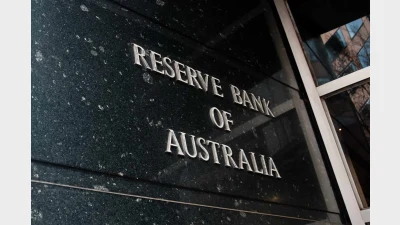Median growth super funds up 0.5%



The median growth superannuation fund (61% to 80% in growth assets) was up 0.5% in October and has “a good chance” of finishing the calendar year in positive territory, according to Chant West.
Chant West data also found that high growth funds were up 0.6%, balanced up 0.4%, and conservative funds were up 0.3% for the month of October. However, all funds were still in the negative calendar year to date.
The 1.9% return in Australian shares was largely responsible for the positive return but international shares were down 3.2% in hedged terms. However, the depreciation of the Australian dollar (down from US$0.72 to US$0.70) limited the loss of 1.1% in unhedged terms.
Chant West senior investment research manager, Mano Mohankumar, noted that, on average, funds had around 70% of their international shares exposure unhedged, and that foreign currency exposure provided a natural buffer against share market falls.
“We estimate that the median growth fund is up over 4.5% for the month to date and up a remarkable 14% since the end of March, more than erasing the 12% loss experienced back in February and March,” he said.
“So, with just over six weeks of 2020 remaining, we estimate that the median growth fund is up over 2% for the calendar year to date.”
He said markets in November had been “extremely positive” so far thanks to Joe Biden winning the US presidential election which removed uncertainty that was weighing on share markets, and share markets globally reacted euphorically when Pfizer and BioNTech announced they had developed vaccines that were 90% effective, and on Monday, Moderna announced it had developed a vaccine that was 95% effective.
“Back at home, all states now have COVID numbers under control – although occasional outbreaks must still be expected. The share market has reacted positively to that news, and to progress reports on several potential vaccines that should become available in 2021,” Mohankumar said.
“Earlier this month the Reserve Bank of Australia announced a package of measures to support job creation and the post-COVID economic recovery. This included lowering the official cash rate to a new all-time low of 0.1% and a quantitative easing program which will see the bank purchase $100 billion of government bonds over the next six months.”
Recommended for you
Australia’s superannuation funds are becoming a defining force in shaping the nation’s capital markets, with the corporate watchdog warning that trustees now hold systemic importance on par with banks.
Payday super has passed Parliament, marking a major shift to combat unpaid entitlements and strengthen retirement outcomes for millions of workers.
The central bank has announced the official cash rate decision for its November monetary policy meeting.
Australia’s maturing superannuation system delivers higher balances, fewer duplicate accounts and growing female asset share, but gaps and adequacy challenges remain.









